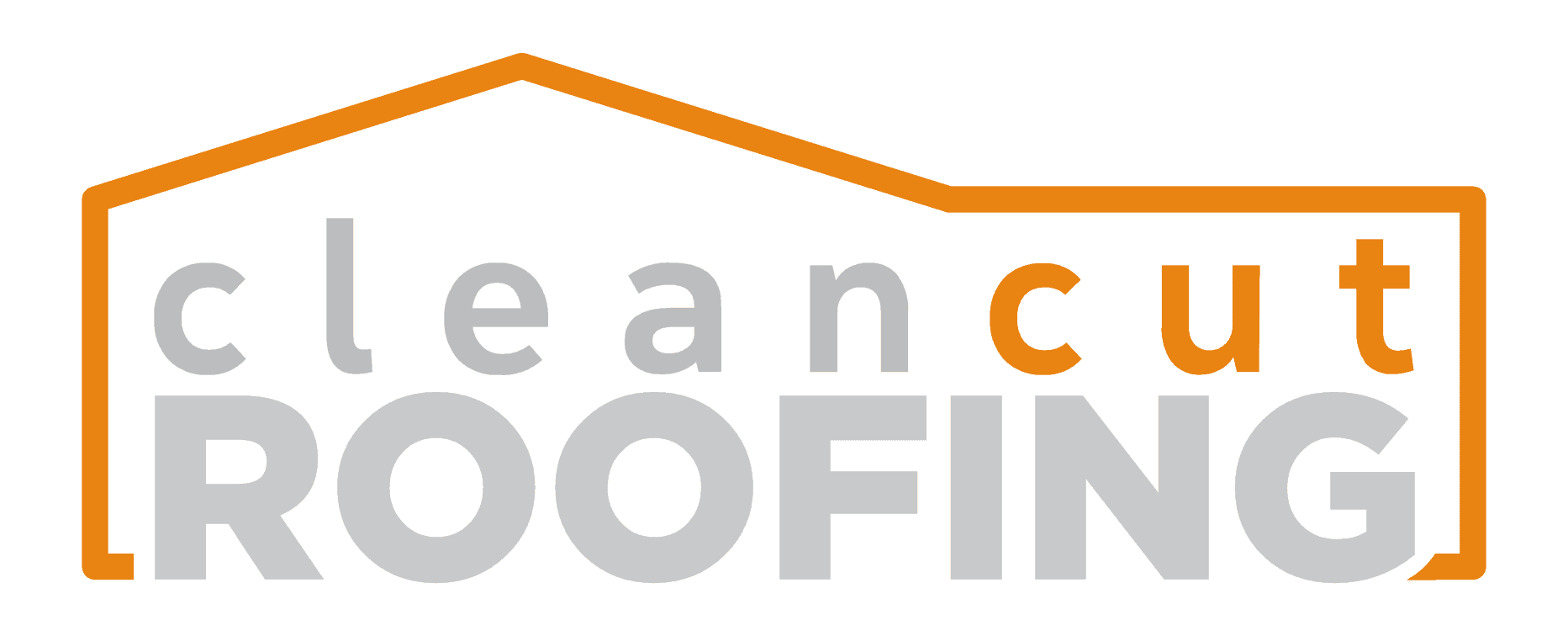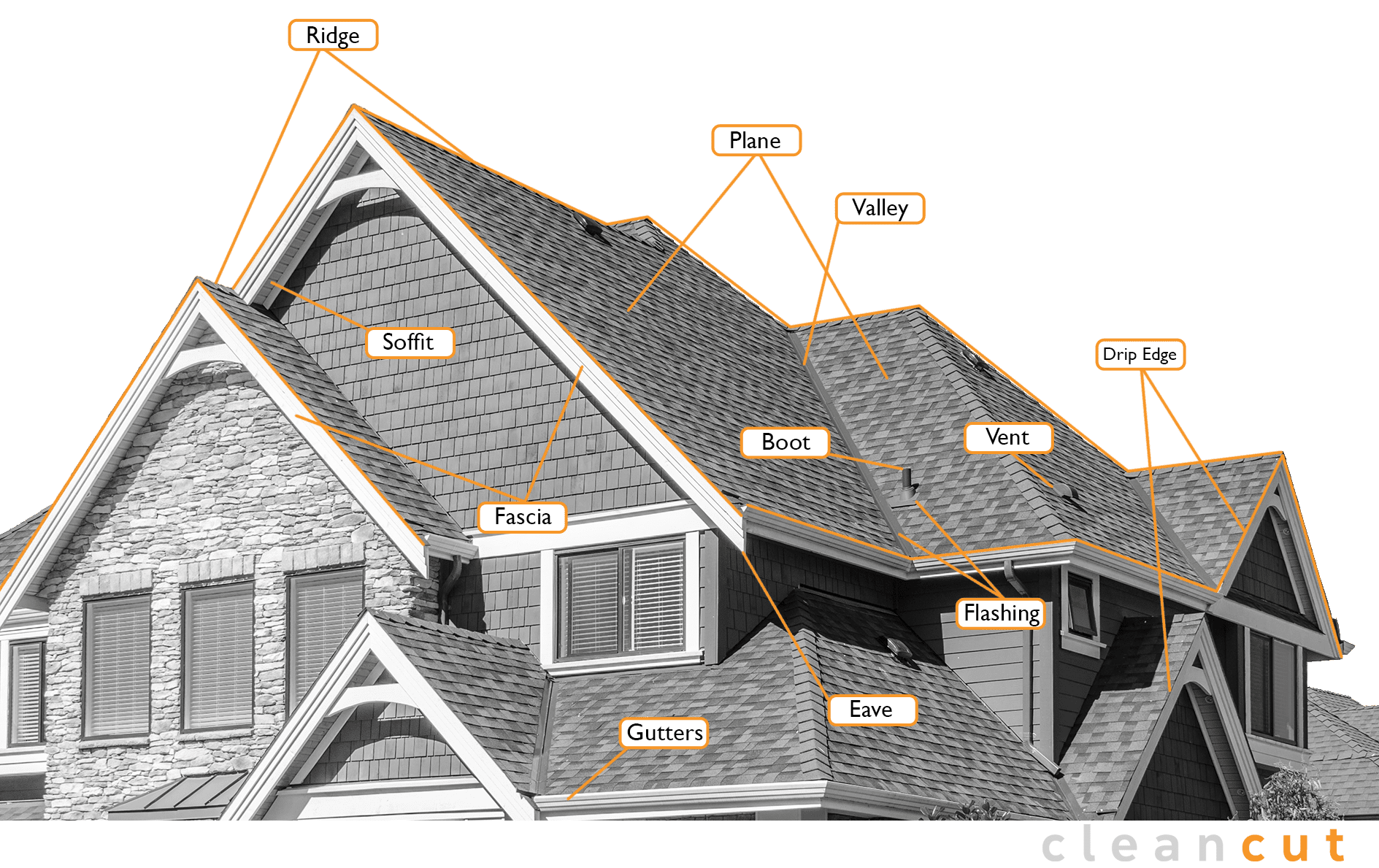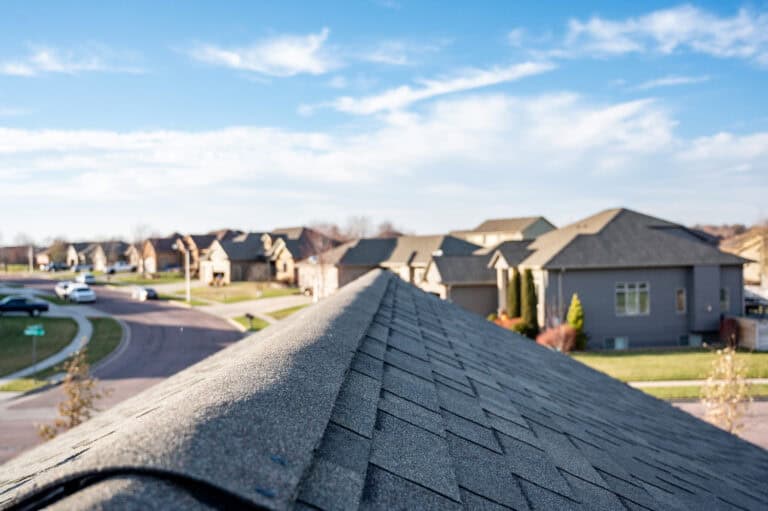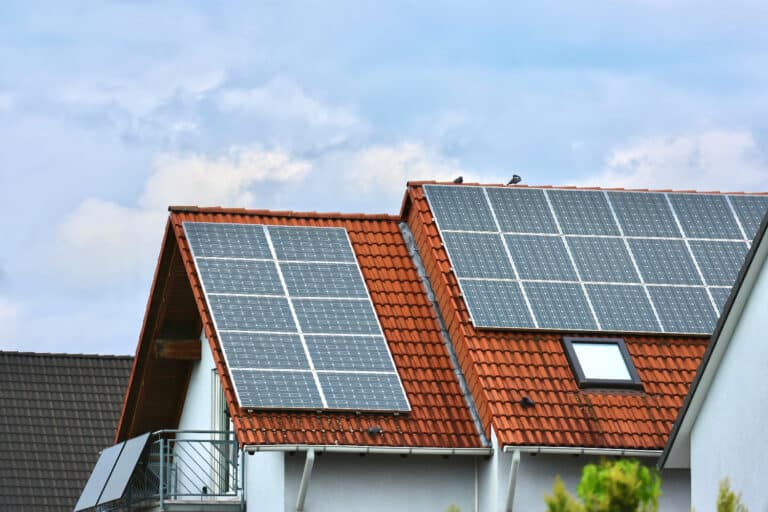Your roofing system is made up of many different (and vital) components that ensure your home stays protected. And one of the biggest mistakes a contractor can make is not treating the roof as an entire system. You can’t simply lay some new shingles and call it a day.
It’s important to know the many parts of a roof for when you inevitably need roof repairs.
All of the components of a roof are required for your roof’s shingles to perform at their best and keep your home at optimal efficiency. Today we’ll cover the basics so that you can know the parts of your roof and why each one is so important to the functionality of your roof. Read more to ensure you can prepare for your roofing needs.
The Parts of a Roof (diagram)
There are at least a dozen different parts of a roof, including:
- Eaves
- Soffit
- Fascia
- Flashing
- Ridge
- Drip edge
- Valley
- Gutters
- Roof decking
- Vents
- Pipe boots
- Roof plane
And, of course, the shingles and roofing materials. Below we’ll take a closer look.
The 12 Most Common Parts of a Roofing System and What They Do
When it comes to parts of a roof, it can be tricky to keep everything straight. Here’s a quick overview of each component and what they do for your home:
1) Drip Edge
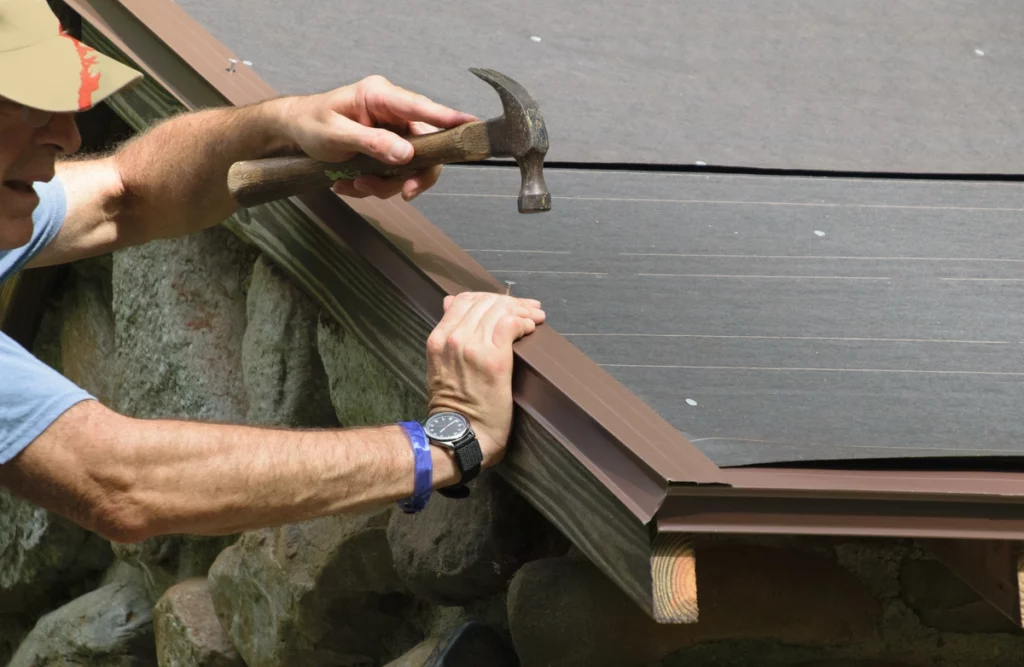
The drip edge is a vital component to keeping your roof leak-free. It’s a metal strip that’s installed along the edge of your roof, typically at the gable ends and rakes. The drip edge protects your roof decking and fascia from water damage by directing rainwater and melting snow away from these areas. While some roofers may argue drip edges are obsolete if gutters are present, it’s still a very functional roof part that only adds to the protection.
2) Eaves
The eaves are the parts of your roof that extend beyond the exterior walls of your home. The roof overhang protects your home’s siding and windows from rain and snow damage. Your roof has two edges that are vital to maintaining the waterproofing — the horizontal eaves and the rake, which is a slanted edge.
3) Fascia
Your fascias are the horizontal boards that you see on the ends of your roofline. The fascia is what the gutters are attached to, and they play an important role in protecting your home from water damage. They can also add to the curb appeal of your home by accenting the colors of your trim, siding, or roof.
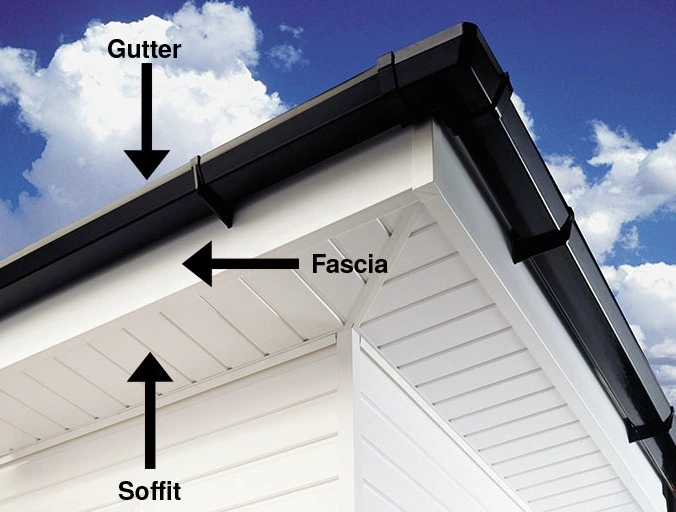
4) Flashing
Flashing is a roofing material that’s installed in valleys and around any protrusions in your roof, like skylights, chimneys, vents, and anywhere your roof meets a wall or dormer, for example. The purpose of flashing is to direct water away from these vulnerable areas to prevent leaks.
- Flashing is often made of metal and is easily installed and repaired, but it also can be one of the first things to go.
- A roof without flashing will almost immediately show signs of a leak and can quickly damage the roofing materials and your home’s interior as water seeps into those vulnerable cracks.
- Common types of flashing include skylight flashing, chimney flashing, pipe boot flashing, and valley flashing.
5) Gutters
Everyone knows what a gutter is, but do you know how vital it actually is to your roofing system? Gutters are beneficial for many reasons:
- They draw water away from your home to protect the foundation
- They ensure water, snow, and ice shed properly
- They keep water from backing up into your roof, causing major water damage and eventual mold growth.
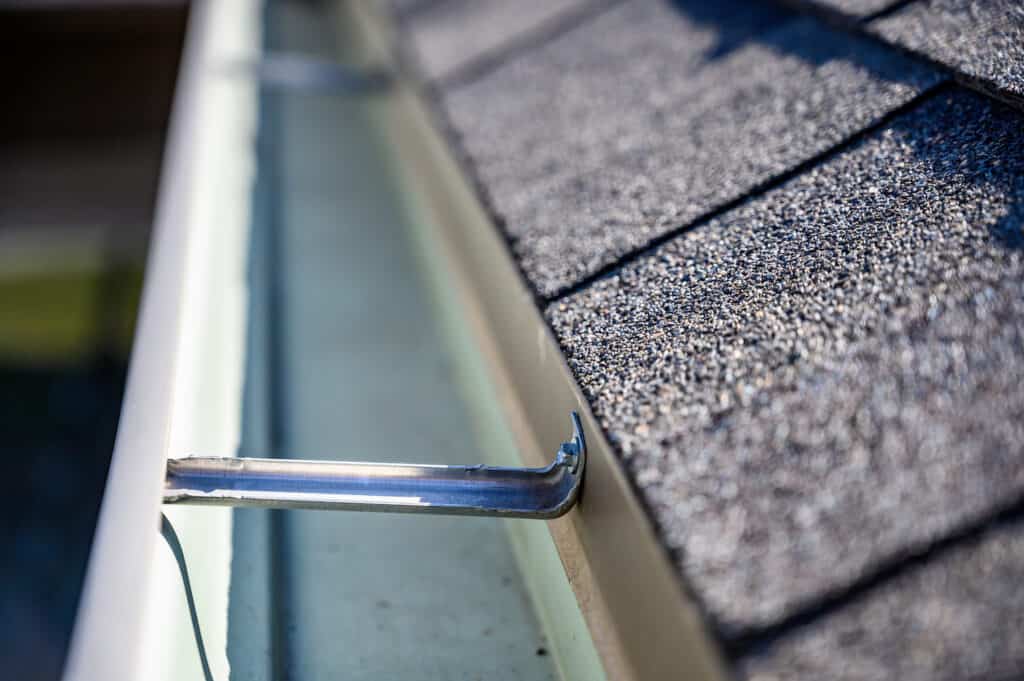
6) Plumbing Boots
Plumbing vents are a form of ventilation for your roof that keeps noxious fumes from building up inside your home. And plumbing boots are essentially flashing that goes over the plumbing penetrations on your roof for waterproofing purposes. Pipe vents that run up from your kitchen and bathrooms through your roof are covered by these boots.
7) Ridge
The ridge is the horizontal line at the peak of your roof. On a gabled roof, this would be the triangular point you see on either side. The ridge is important for several reasons:
- It’s the highest point of your roof so any water or snow will naturally run down from here
- It’s where your two roof planes meet and therefore needs extra support
- It helps with ventilation
Ridge vents, for example, are a type of ventilation installed at the ridge of your roof. They allow hot air to escape from your home, which helps to regulate the temperature and prevents moisture build-up that can lead to mold growth.
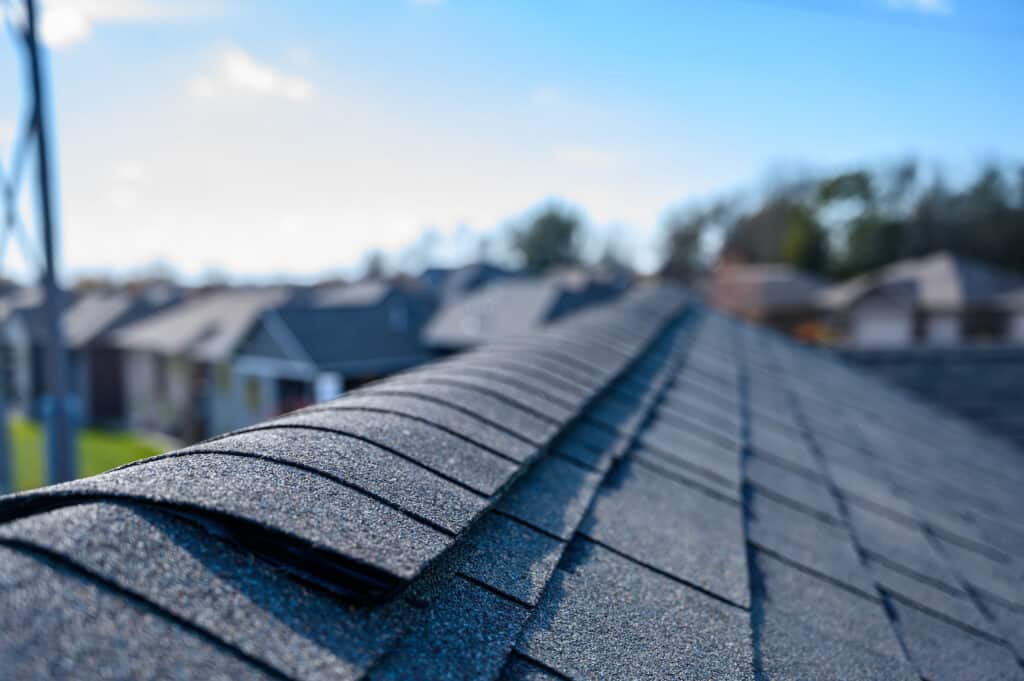
8) Roof Decking
The roof deck, or sheathing, is a waterproofing barrier that is installed underneath your shingles. Without it, your roof would quickly succumb to water damage as rain and snow seep in. The roof decking is typically made of plywood or OSB (oriented strand board) and is attached to the roof trusses with nails or screws.
9) Roof Plane
The roof plane is simply the surface of your roof. It’s what you see when you look at your roof from the ground. It’s where you might notice signs of damage, sagging, or other roofing issues. And the term roof plane can come in very useful when trying to discuss any problems with your roofing contractor.
10) Soffit
The soffit is the underside of your roof’s eaves. You might not think much about it, but the soffit plays an important role in protecting your home by:
- Keeping your attic well-ventilated and air-circulating
- Keeping out rodents and pests
- Protecting against water damage
- Regulating temperature and preventing moisture build-up in the attic.
11) Valleys
A roof valley is formed where two roof planes meet to form a V-shape. They are often one of the first places to show signs of leaks and water damage as they funnel water down toward your gutters. So it’s important to make sure they are properly installed and in good repair.
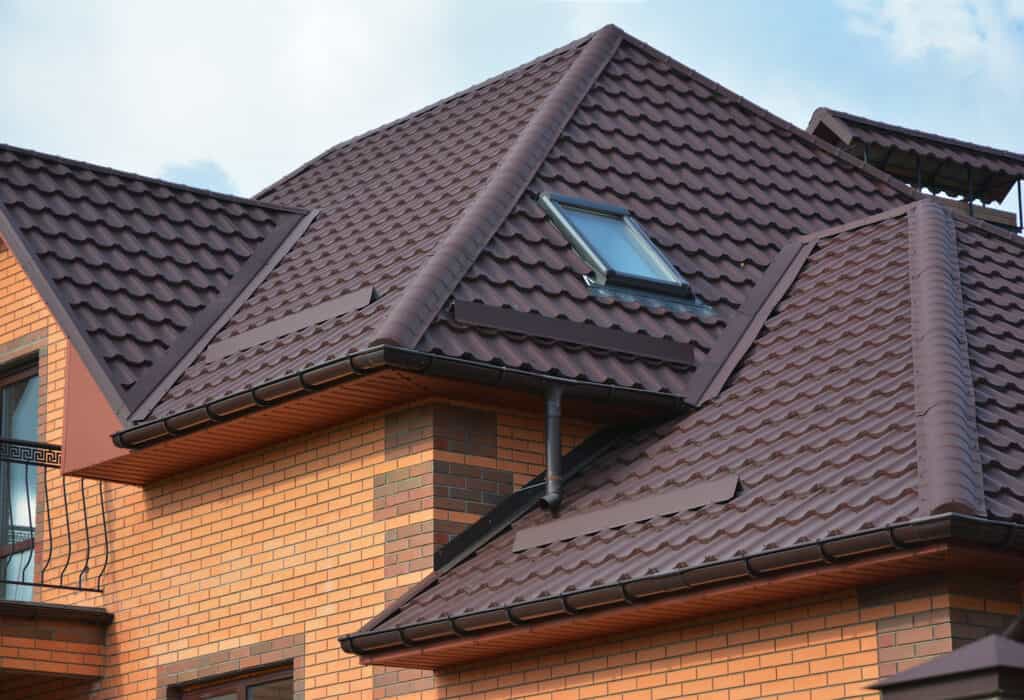
12) Vents
Vents are installed on your roof for the purpose of ventilation. They allow hot air to escape from your home, which helps to regulate the temperature and prevents moisture build-up that can lead to mold growth. There are many different types of vents, but some of the most common are:
- Ridge vents
- Gable vents
- Soffit vents
- Pipe vents
You might not think much about the parts of your roof, but each one plays an important role in protecting your home. So if you ever have any questions or concerns, be sure to consult with a professional roofing contractor.
Work With a Contractor Who Considers Every Part of Your Roof
At Clean Cut Roofing, our services offered include roofing, gutters, and custom builds. So we always work with your whole home in mind and that includes all of the parts of your roof— and more.
Our team is dedicated to ensuring your entire roof works as a seamless system, keeping your home protected and free from any water leaks or damage.
To learn more, schedule a FREE estimate with us today.
